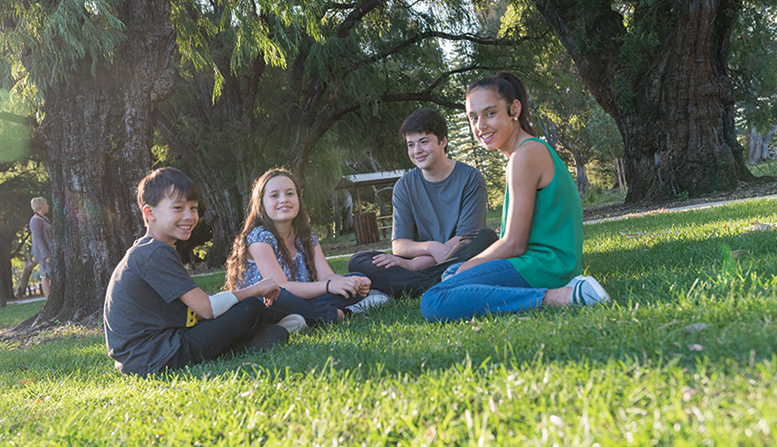Search
Research
Facilitators and barriers to the implementation of motivational interviewing for bullying perpetration in school settingsResults indicated a number factors which influenced the uptake of Motivational Interviewing in schools
Research
Prevalence and correlates of bullying victimisation and perpetration in a nationally representative sample of Australian youthThe current findings showed that involvement in any bullying behaviour was associated with increased risk of concurrent mental health problems
Research
The psychosocial burden of childhood overweight and obesity: evidence for persisting difficulties in boys and girlsOverweight and obese children reported greater psychosocial distress than healthy weight children, and these differences were more pronounced for girls than boys.
Research
Bullying Prevalence Across Contexts: A Meta-analysis Measuring Cyber and Traditional BullyingBullying involvement in any form can have lasting physical and emotional consequences for adolescents.

News & Events
Young ambassadors keep researchers on their toesFlat out trying hard to keep up with the ever-changing threats from cyberbullying, The Kids Research Institute Australia counts itself fortunate to have youth on its side.

News & Events
Decades of bullying research pays offProfessor Donna Cross and her team at The Kids Research Institute Australia have challenged and overturned damaging attitudes that saw bullying tolerated in childhood.
Research
‘It’s All About Context’: Building School Capacity to Implement a Whole-School Approach to BullyingStudent bullying behaviours are a significant social issue in schools worldwide. Whilst school staff have access to quality bullying prevention interventions, schools can face significant challenges implementing the whole-school approach required to address the complexity of these behaviours.
Research
How does the school built environment impact students’ bullying behaviour? A scoping reviewSchool bullying is a public health concern affecting the physical and mental health of children and young people. While school-based interventions to prevent bullying have been developed internationally, the effectiveness of many interventions has been mixed and modest.
Research
School-based bullying intervention programs in Australia and New ZealandKevin Natasha Helen Runions Pearce Monks BSc (Hons) BEd MA PhD PhD (Public Health), PostGrad Dip (Health Promotion), BApp Sc MPH BA(Psych) PhD
Research
Why do Victims become Perpetrators of Peer Bullying? Moral Disengagement in the Cycle of ViolencePrevious studies have shown that there is overlap between victimization and the perpetration of bullying, and social and motivational variables are known to mediate this relationship. However, the effects of different moral disengagement strategies have not been studied, despite the fact that they exert a major influence on aggressive behavior.
